Bouncing Off the Walls: An ode to the backboard (and 5 practice tips)
By Jun 18, 2020Style Points
Emma Raducanu carries BJK Cup momentum—and Team GB's lucky bracelet—into Stuttgart quarterfinals
By Apr 18, 2024ATP Bucharest, Romania
Joao Fonseca adjusts to heavier conditions in Bucharest for second ATP quarterfinal of 2024
By Apr 18, 2024ATP Barcelona, Spain
Casper Ruud beats Jordan Thompson for tour-leading 26th win, reaches Barcelona quarterfinals
By Apr 18, 2024WTA Stuttgart, Germany
Iga Swiatek slides through clay-court opener, defeats Elise Mertens in Stuttgart
By Apr 18, 2024WTA Stuttgart, Germany
Elena Rybakina, Marketa Vondrousova into Stuttgart quarters, Ons Jabeur out
By Apr 18, 2024ATP Munich, Germany
Holger Rune makes it through rain, snow, hail, Galán in Munich return
By Apr 18, 2024Stat of the Day
Casper Ruud has now won more matches than anyone this year after latest win in Barcelona
By Apr 18, 2024Style Points
As inseams get higher, Aryna Sabalenka, Stefanos Tsitsipas lead the Great Shorts Debate 🩳
By Apr 18, 2024ATP Barcelona, Spain
Cameron Norrie clinches 200th match win by halting Roberto Bautista Agut in Barcelona
By Apr 18, 2024Bouncing Off the Walls: An ode to the backboard (and 5 practice tips)
Chances are, if you’ve been itching for a tennis fix during the coronavirus shutdown, you’ve pulled out a racquet and taken up arms against one of your own walls; or, if you’re lucky, against the backboard at your local club or park.
Published Jun 18, 2020
Advertising
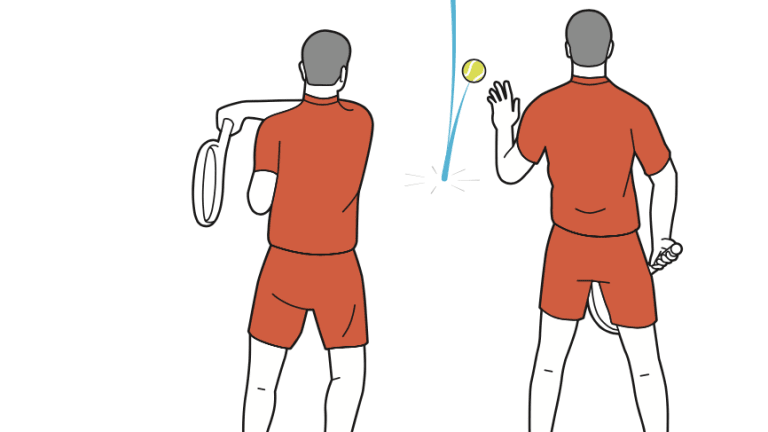
Bouncing Off the Walls: An ode to the backboard (and 5 practice tips)
Advertising
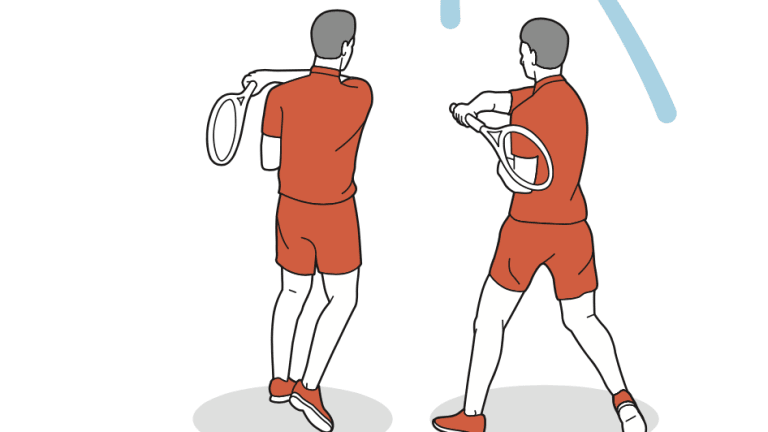
Bouncing Off the Walls: An ode to the backboard (and 5 practice tips)
Advertising
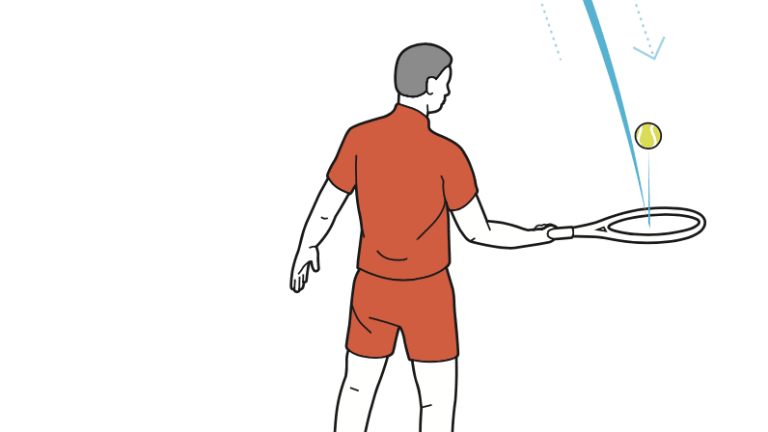
Bouncing Off the Walls: An ode to the backboard (and 5 practice tips)
Advertising
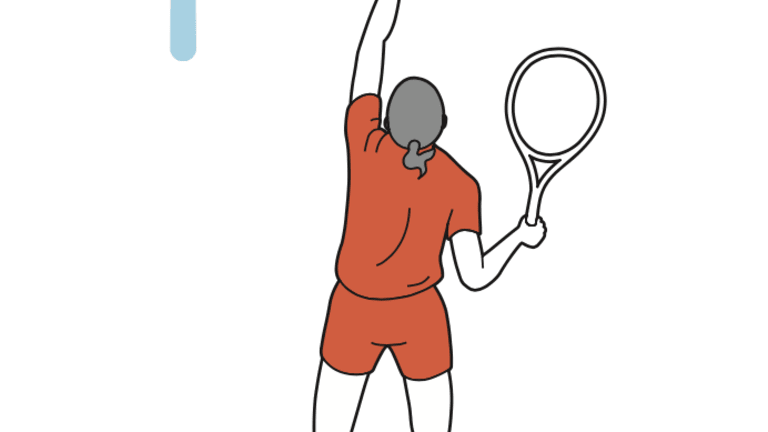
Bouncing Off the Walls: An ode to the backboard (and 5 practice tips)
Advertising
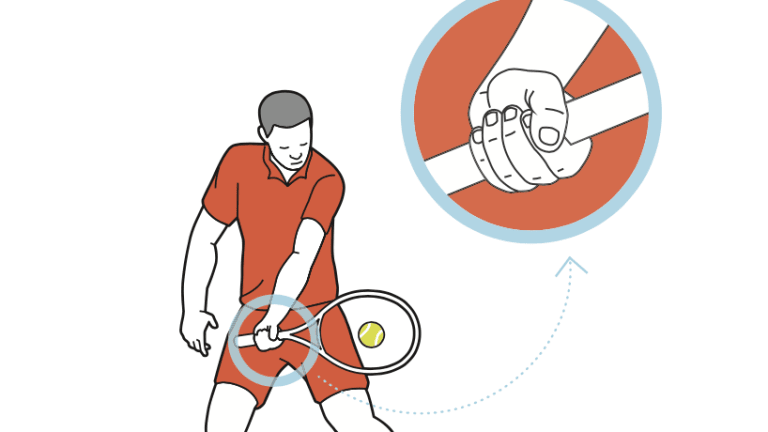
Bouncing Off the Walls: An ode to the backboard (and 5 practice tips)
Advertising

Bouncing Off the Walls: An ode to the backboard (and 5 practice tips)